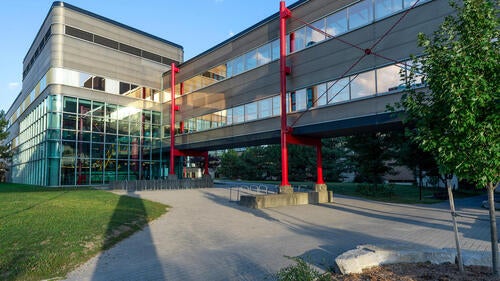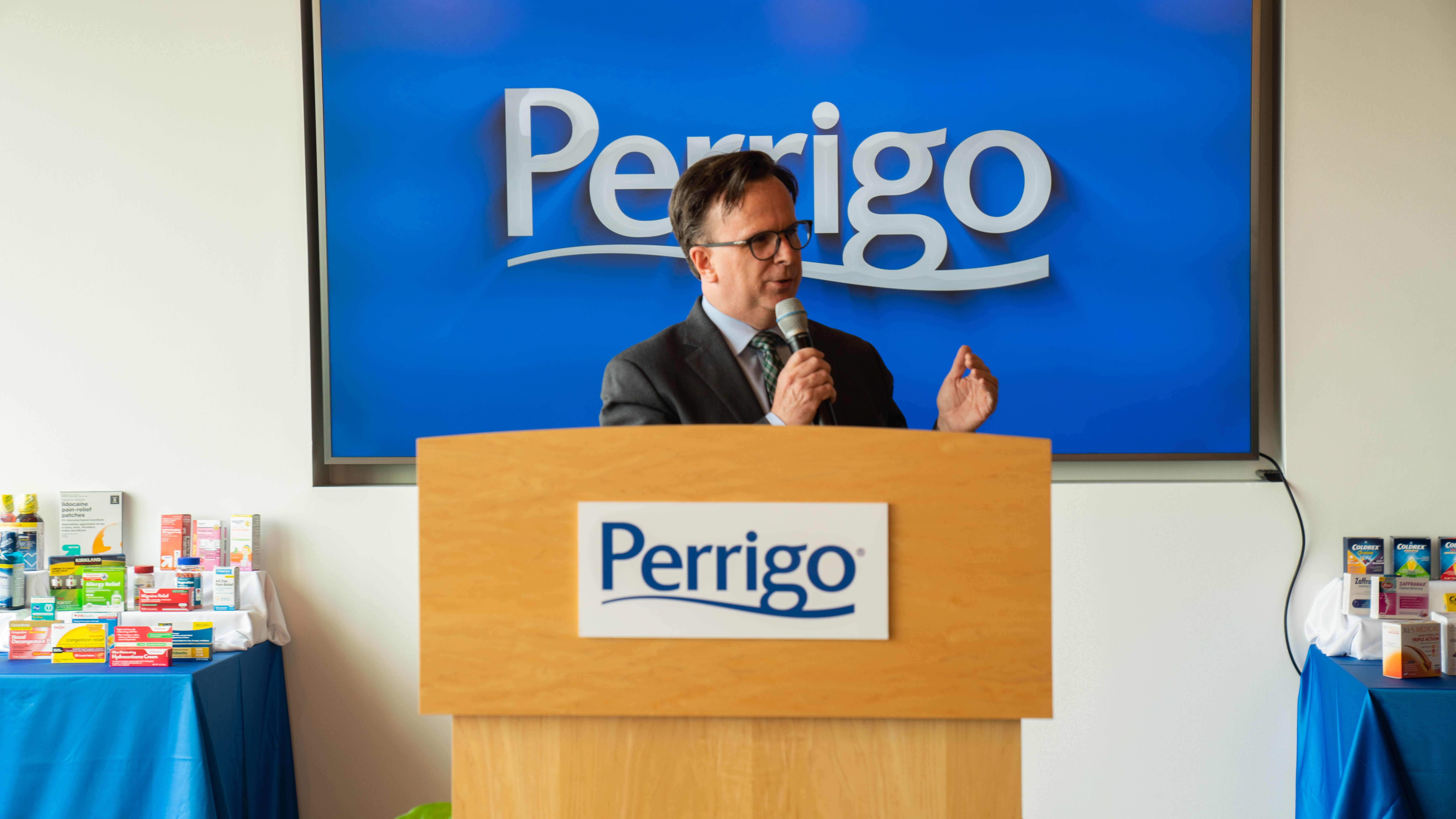Miami Cardiac & Vascular Institute Marks 35 Years of Innovation

Miami Cardiac & Vascular Institute was born in two windowless rooms tucked behind Baptist Hospital’s Emergency Middle. It was the brainchild of interventional radiologist Barry Katzen, M.D., a self-described “disruptor” whose out-of-the-box concepts challenged the day’s typical approaches to caring for sufferers. As such, the fledgling Institute embraced innovation as certainly one of its key pillars.
That spirit endures at present, 35 years later, within the Institute’s willpower to push the boundaries of cardiovascular drugs with a purpose to develop higher, quicker, safer and extra artistic instruments and methods for saving lives.
“From the very starting, we’ve stated we’re not simply training drugs right here,” explains Dr. Katzen, the Institute’s founder and chief medical government. “We’re attempting to alter drugs — enhance drugs — and enhance the care of our sufferers, which requires innovation, state-of-the-art know-how, collaboration and analysis.”
(Watch our video, a chronicle of 35 years of management, innovation and enlargement in cardiovascular care at Miami Cardiac & Vascular Institute. )
The Institute’s beginnings could have been modest, however the concepts behind it had been enormous. Dr. Katzen was among the many first physicians who pushed for treating the center and vascular system as one entity, a transformative idea on the time. When he got here to Baptist Hospital, he was additionally one of many nation’s main advocates for much less invasive therapy choices that used image-guided wires and catheters to entry drawback areas with out having to chop sufferers open.
“Now these issues are standard-of-care,” Dr. Katzen says, though that was removed from the case at first. “This persevering with march in direction of decreasing the invasiveness of procedures, that’s a motion. We have now an entire tradition that’s constructed on asking about each single affected person, is there a much less invasive technique to deal with this individual?”
Making a New Mannequin
The 2 unique process rooms opened on October 1, 1987. Interventional cardiology was in its infancy. Over time, buoyed by success, the Institute expanded considerably — first with small steps, just like the addition of a peripheral vascular lab the subsequent 12 months that introduced completely different disciplines collectively.
That quickly was adopted by a cardiac catheterization room, which introduced cardiologists into the fold. A brand new constructing opened in 1993, drawing medical specialists from across the nation who wished to witness this new mannequin in affected person care that had specialists working side-by-side.
An enlargement of the constructing in 2001 reworked the Institute right into a broader scientific enterprise on the Baptist Hospital campus. With the addition of 51 inpatient and 32 outpatient beds, the Institute was in a position to seamlessly combine all features of procedures and affected person care, permitting for shut, door-to-door administration of instances. In the meantime, the addition of assembly house supported the Institute’s instructional mission because it expanded its function as a laboratory for revolutionary care.
In 2017, the Institute underwent a $120 million renovation and enlargement to maximise multidisciplinary collaboration and new approaches to cardiovascular care.
“We designed this enlargement to alter the way forward for drugs, to be within the place to look after well being issues we haven’t even encountered but,” Dr. Katzen stated. “We used what we realized through the years to create the optimum surroundings for growing and delivering one of the best minimally invasive therapies.”
Because the Institute grew, so did Baptist Well being. One of many Institute’s targets in recent times has been to make sure the identical persistently high-level medical experience in any respect of Baptist Well being’s services in Miami-Dade and Monroe counties, so sufferers can rely on one of the best of care wherever they go.
“Should you come into any of our hospitals or pressing care facilities with chest ache, we have now a scientific pathway everyone follows to ensure each affected person is handled the identical method,” explains Carol Melvin, the Institute’s Chief Working Officer. “The credentials and standards for physicians are standardized throughout all of the hospitals down south. Each single facet of the Institute is standardized — job descriptions, scientific ladders, insurance policies and procedures — the whole lot. To realize that’s fairly a feat.”
Pushing the Bounds of Medication
The breadth and depth of the Institute’s improvements have put it on the forefront of recent methods to forestall and deal with aneurysms, coronary heart assaults, blood clots, valve illnesses, circulation issues, and many various cancers.
“The options and coverings we developed right here over the previous 35 years have had a significant impression on numerous lives,” Dr. Katzen says.
It’s a uncommon alternative for sufferers in a neighborhood hospital to have entry to the most recent, constantly evolving technological and medical advances supported by analysis. From the beginning, that method has outlined the mission of Miami Cardiac & Vascular Institute, giving sufferers in South Florida entry to care years forward of when it’s out there elsewhere.
In 1989, for instance, the Institute was certainly one of a handful of analysis websites to pioneer the usage of stents — tiny, slim expandable tubes of chrome steel. Docs positioned these stents in clogged iliac arteries within the legs throughout angioplasty to maintain the artery open completely. By the point the Meals and Drug Administration formally permitted the stents in 1991, Institute physicians had already carried out greater than 100 of those procedures.
“This was the primary everlasting system used to deal with vascular illness,” says Dr. Katzen, one of many authors of the landmark educational paper detailing analysis outcomes on the gadgets. At this time, greater than 1,000,000 folks get stents inserted every year in the USA.
In 1990, the Institute performed one other spectacular function within the analysis area — it carried out the primary transjugular intrahepatic portosystemic shunt (TIPS) in the USA to deal with issues of extreme liver illness. The Institute grew to become a part of the FDA’s first investigative protocol on TIPS. Thought of a game-changer, it opened the door for extra endovascular procedures that might change open surgical procedure.
Advances That Have Modified Lives
The success of scientific trials have prompted extra analysis and improvements all through the years, far too many to listing right here. A number of latest examples:
• Beneath the steering of interventional heart specialist Ramon Quesada, M.D., medical director of Structural Coronary heart and Advanced Percutaneous Coronary Intervention applications, the Institute not too long ago grew to become the primary medical heart in Florida to make use of a brand new system to create a small surgical passage via the atrial septum — the wall between the appropriate and left atrium of the center. This innovation is designed to offer safer and extra predictable outcomes throughout very important structural coronary heart procedures.
• Joseph McGinn Jr., M.D., the Institute’s chief of cardiac surgical procedure, continues to draw worldwide consideration for his minimally invasive coronary bypass surgical procedure, which eliminates the necessity to lower open a affected person’s chest or cease the center throughout bypass surgical procedure, tremendously decreasing ache and restoration time. Generally known as the McGinn Approach, the revolutionary surgical procedure is at present carried out routinely in solely a handful of American hospitals, however is headed to turning into tomorrow’s customary of care.
• Pivotal advances in treating or changing coronary heart valves, lots of them initiated as a part of scientific trials, have been carried out on the Institute for years, they usually proceed at a gentle tempo. For instance, the Institute was the primary in Florida, and the primary within the Atlantic Southeast, to carry out a so-called LIVE (Much less Invasive Ventricular Enhancement), a minimally invasive process that “reshapes” the center by decreasing the scale of the left ventricle, permitting a severely ailing affected person to method regular performance.
• The Institute is the one heart in Florida participating in a scientific trial that makes use of a brand new system to alleviate painful circulatory issues within the legs. The VenoValve is surgically implanted into the femoral vein within the thigh to behave as a one-way valve to assist restore correct blood circulate.
• Miami Cardiac & Vascular Institute can be one of many first medical facilities within the nation to implement a brand new know-how — super-saturated oxygen (SSO2) remedy — which can assist save the lives of those that undergo a so-called “widow-maker” coronary heart assault. SSO2 remedy delivers hyperbaric ranges of oxygen on to the center by way of a catheter to assist forestall harm to the center muscle.
“Every little thing we do relies on the unique pillars that we outlined early on, which had been innovation, prime quality care, scientific analysis, and the dedication to minimally invasive therapies,” Dr. Katzen says.
The purpose is to push the Institute into the subsequent era of therapies, whereas on the identical time protecting the pursuits of particular person sufferers on the forefront. “We have now at all times been cautious as investigators,” he says. “We need to strive various things, however provided that there’s a direct profit to sufferers.”
Trying Forward
Because the Institute prepares to mark its 35th anniversary, COO Carol Melvin, who has been there because the starting, is pleased with how far it has come. “The accomplishments we’ve had required lots of people coming collectively. There isn’t a method we might be the place we’re if it weren’t for a crew method,” she says.
Dr. Katzen agrees. “I feel what we’re seeing, over 35 years, are the outcomes of efficient management and bringing groups collectively in a collaborative method. That has been the key sauce.”
He says the longer term will carry improvements we are able to’t fathom but — higher understanding of the human physique and the way to forestall illness, new know-how to save lots of lives and assist sufferers heal, implantable medical gadgets that may talk with physicians.
“It’s just a little unusual, I’ve to say, for me to be trying again for the anniversary. I’m truly far more interested by the place we’re going to be in 5 years than in the place we got here from,” says Dr. Katzen, who additionally serves as chief medical innovation officer for Baptist Well being. “That is only the start.”

